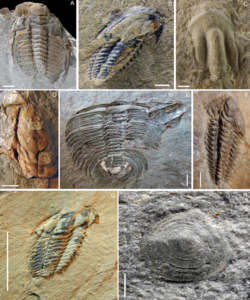Sumaco is the easternmost active volcano in Ecuador, and is in the sub-Andean zone, towards the northwest of the country, and located in the Pleistocene Napo Uplift. Together, the tectonic setting of the eastern Andes and Amazonian plain is the main regional feature determining high ecological, landscape, geological and biological diversity. In addition, indigenous cultures […]
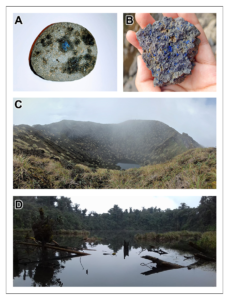
The Triassic reptile Eifelosaurus triadicus is an icon of the Geopark Vulkaneifel and the Natural History Museum of Gerolstein (West Eifel, Rhineland Palatinate, W Germany). We explore the research history, including geoconservation aspects, and summarize current knowledge of Eifelosaurus, the sole fossil of its kind, identified as an early rhynchosaur. We discuss the local geology, […]
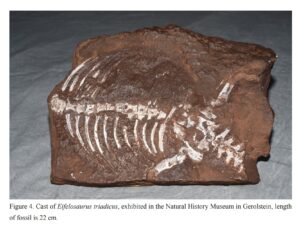
The exploration and identification of new geosites in the Călimani Mountains region heralds a significant opportunity to establish Romania’s first UNESCO volcanic geopark. This ambitious initiative aims to meticulously evaluate both natural and anthropogenic geosites across the area, highlighting their scientific, educational, and touristic significance, as well as their deep connections to the region’s rich […]
In Australia, geotourism is defined as tourism which focuses on an area’s geology and landscape as the basis for providing visitor engagement, learning and enjoyment. Geotourism has great potential as a new nature-based tourism product. Where-ever tourism contributes a direct environmental benefit to a visited location, its clients gain empathy for the holistic heritage of […]
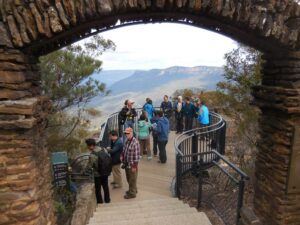
Across the Ediacaran to Cambrian transition, some 541 Ma, the Earth’s biosphere changed from one dominated by microbial organisms to one where multicellular organisms, including animals, rose to importance. Within a few tens of millions of years into the Cambrian Period an array of animal groups appeared, some extinct and others ancestral to modern groups, […]
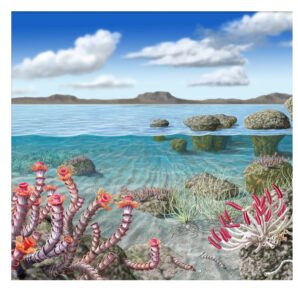
Even though geoconservation has advanced significantly in the last few decades, general awareness of its importance is limited, especially in Brazil. Here, we present an overview of geoconservation actions and initiatives in the state of Paraná. We highlight geoscientific aspects since the 20th century, the installation of interpretative panels, and key findings from the inaugural […]
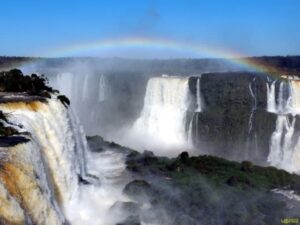
The Regional Natural Park (RNP) of the Monts d’Ardèche, located in south-eastern France, became the Monts d’Ardèche UNESCO Global Geopark in September 2014. This territory possesses significant geological structures, including numerous and rich Middle-Late Triassic vertebrate tracksites. The UNESCO Global Geopark label helped to formalize a long-standing partnership for the study of this ichnological patrimony […]
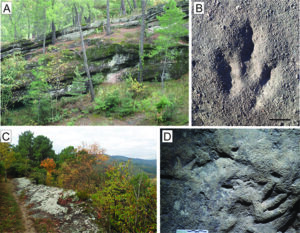
The Maricá Coastal Plain, in the state of Rio de Janeiro, Brazil, is formed by a sandy barrier system, up to 120,000 BP, covered by Atlantic Forest coastal vegetation. Its central area is designated as the Environmental Protection Area (APA) of Maricá. Here, we develop a digital poster (interpretation board) to highlight the geological importance […]
Geotourism is often thought to refer solely to ‘geological tourism’, however, more recent views suggest that the term in fact refers much more broadly to encompass not only geology, but also fauna and flora as well as cultural aspects. An area’s geo-heritage can be defined as the geological base that, when combined with climate, has […]

Some exceptional paleontological trilobite sites located in the Sierra Norte de Sevilla UNESCO Global Geopark are presented herein, together with an analysis of their geotourism / geotrail potential and a proposal for geoconservation. The sites are of Marianian age, a regional stage and age of the Cambrian Mediterranean Subprovince which was defined within the territory […]
